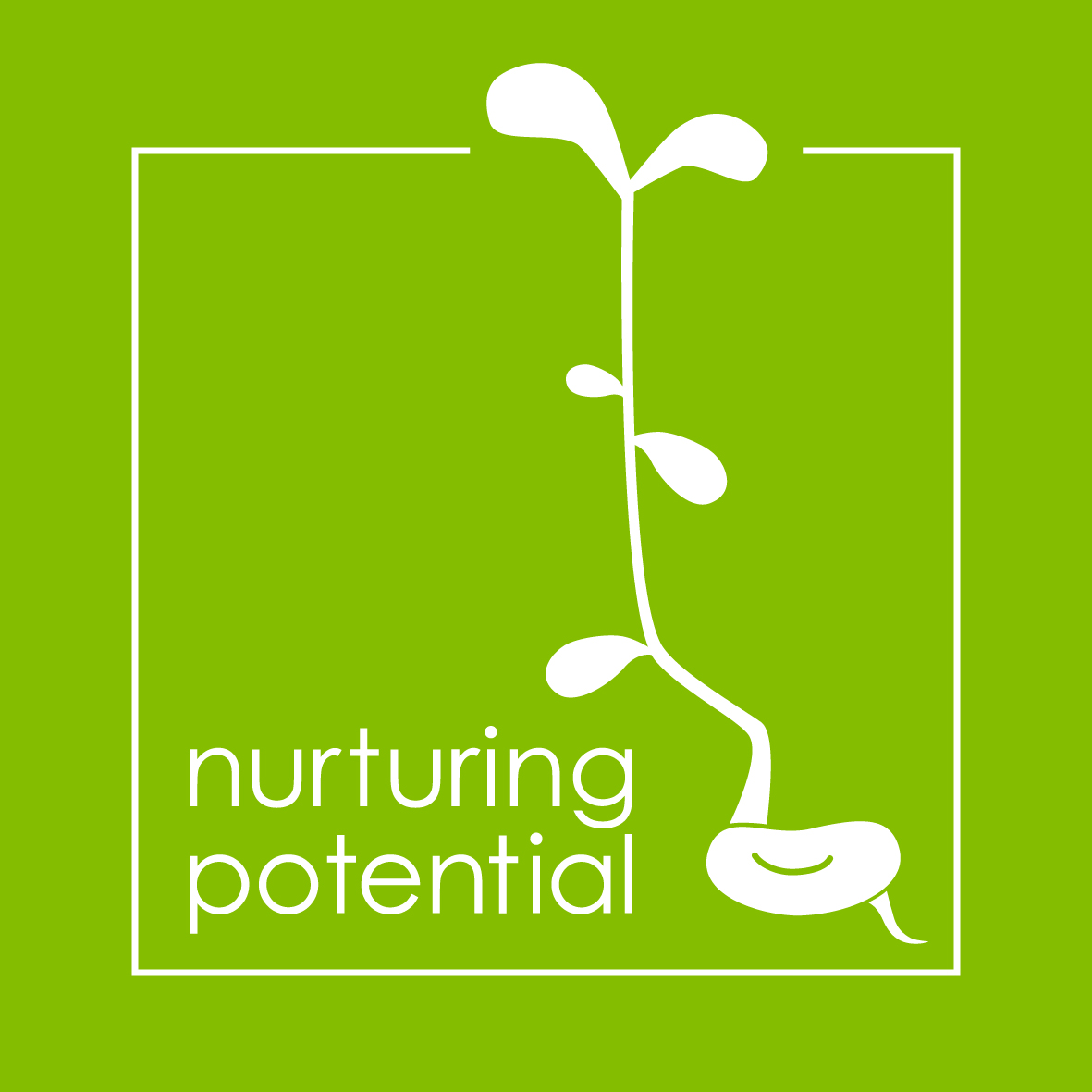
As Sir Ken Robinson asserted in his popular TED Talk, “Do Schools Kill Creativity,” “all kids have tremendous talents, and we squander them pretty ruthlessly.” Robinson explained that creativity is as important in education as literacy, and we should treat it with the same status.
He further asserts that children will take a chance as they are not frightened of being wrong. Although Robinson states being wrong is not the same as being creative, if our children are not prepared to be wrong, they will never come up with anything original. On the other hand, our education system stigmatizes mistakes as the worst thing you can do. As a result, “We are educating people out of their creative capacities,” Robinson says, “…we need to grow into creativity instead of out of it.”
Every education system has the same hierarchy of subjects. At the top are mathematics, languages, and the humanities, and at the bottom are the arts and is predicated on the idea of academic ability.
“We don’t know what will happen in the future. We need to educate our children about unpredictability,” Robinson says. For decades we have been living in a rapidly accelerating digital world. COVID-19 brought with it the need for us to accept and incorporate technology into our everyday lives. From our smartphones to our endless curated streaming on all devices, we are now linked with one another and to all prior human data, information, and knowledge. This digital onslaught has profound implications for the school students of today.
With rapidly changing technology, unexpected pandemics, and global climate change, teachers are charged with preparing students for jobs that do not yet exist. In this new digital world, it no longer suffices for students to passively study pre-established educational materials. Educators must empower students to forge their own way through this data-immersed and media-rich landscape.
Flexibility, originality, and creative problem solving are critical strengths for children to develop now and skills that will hopefully help them to solve the challenges of the future. Not all problems have straightforward solutions, and children need opportunities to explore many different solutions to a given problem.
Furthermore, it is equally important that we prepare children to challenge assumptions and consider potential challenges as it is for them to generate a variety of possible solutions for a given problem. Our children need to be future thinkers, and we need to establish safe spaces for children to share original ideas and make mistakes. Children need to be taught to question, design their own experiments, test, and evaluate their solutions, make revisions or modifications and reflect on what both failures and successes can teach us.
Young people today are inheriting a world that will challenge them in unprecedented ways, and it is the responsibility of parents and educators to work together to empower them to rise to these challenges.





